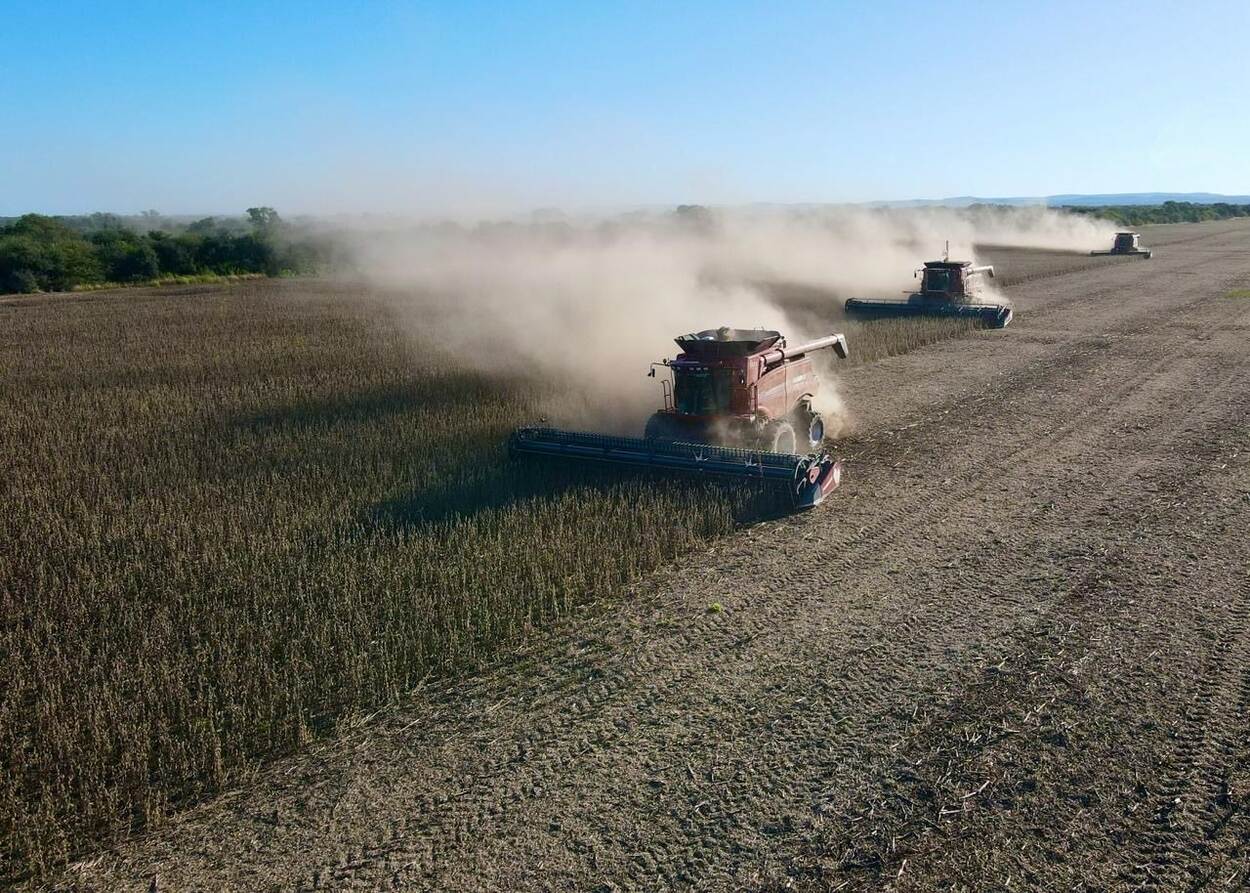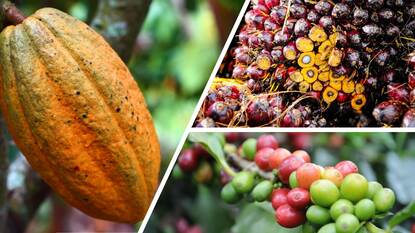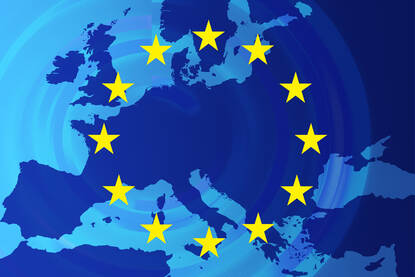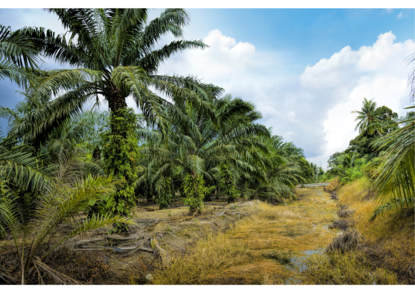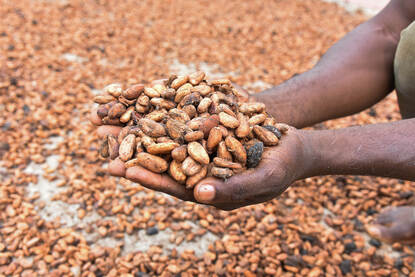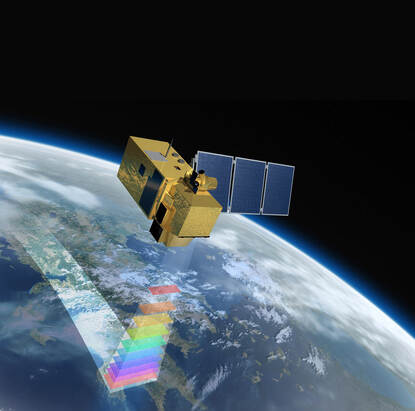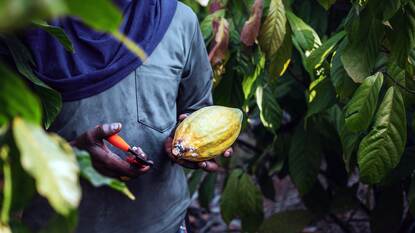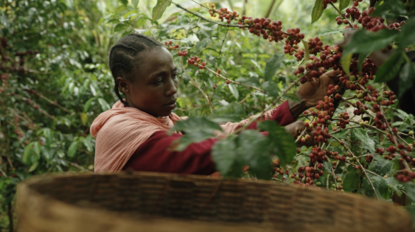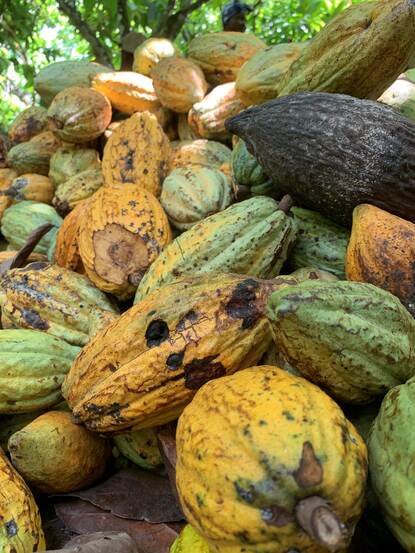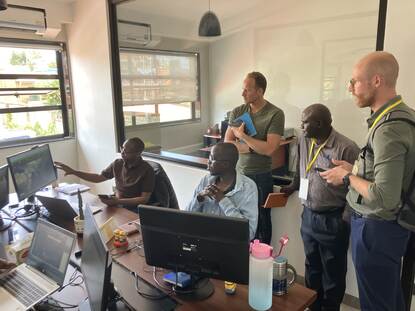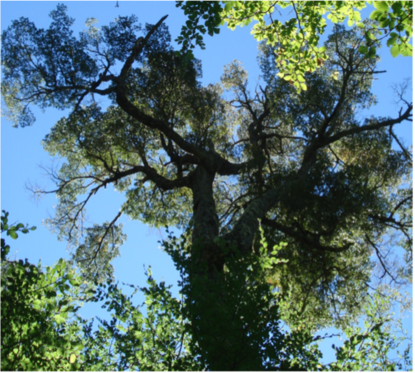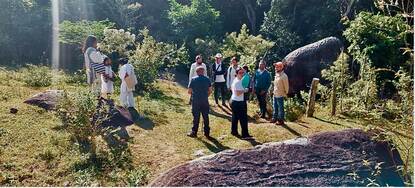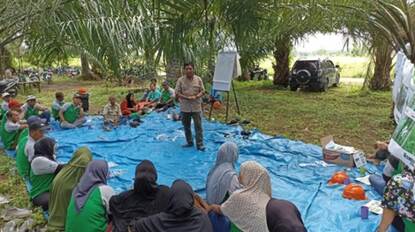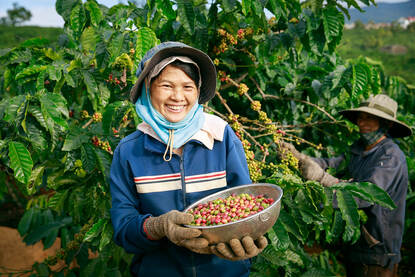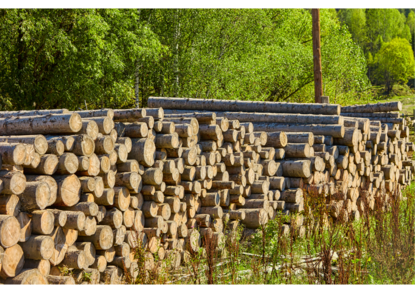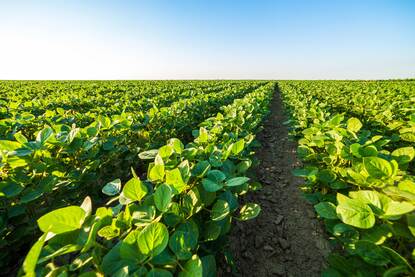The European Union's Deforestation Regulation (EUDR) promises a significant shift in the global agricultural landscape. While it presents challenges for South American agribusiness, it also offers a powerful incentive for sustainable practices. In this context, the work of the LAN team in Argentina becomes even more critical. This article explores the potential impact of the EUDR, highlighting the developments and initiatives facilitating a smooth transition and fostering long-term sustainability for the most relevant value chains: soybean and derivates and beef production.
Argentina, Uruguay, Paraguay, and Chile (also called the South Cone) are a powerhouse of agricultural production, contributing significantly to the global food supply with key commodities like soybeans, beef, and fruits. However, this economic prosperity comes at a cost. Deforestation for agricultural expansion remains a concern, particularly in sensitive ecosystems like the Gran Chaco, a vast forested region spanning over Argentina, Paraguay, Bolivia, and Brazil. Striking a balance between agricultural production, environmental protection, restauration of nature and land use is essential for the long-term viability of the agricultural sector in these countries.
The Gran Chaco is an ecoregion extending across 108 million hectares in Argentina (62%), Paraguay (25%), Bolivia (12%) and to a lesser extent, Brazil (1%). By comparison, the Netherlands is 4.2 million hectares. The region includes a great diversity of environments and endemic species, making it one of the largest forested regions of South America, together with the Amazon and the Brazilian Cerrado. In Argentina, the Gran Chaco, also known as Parque Chaqueño, is the largest forested area in the country, with 40 million hectares of native forests, also including important urban centers and farmers communities belonging to native and Creole cultures.
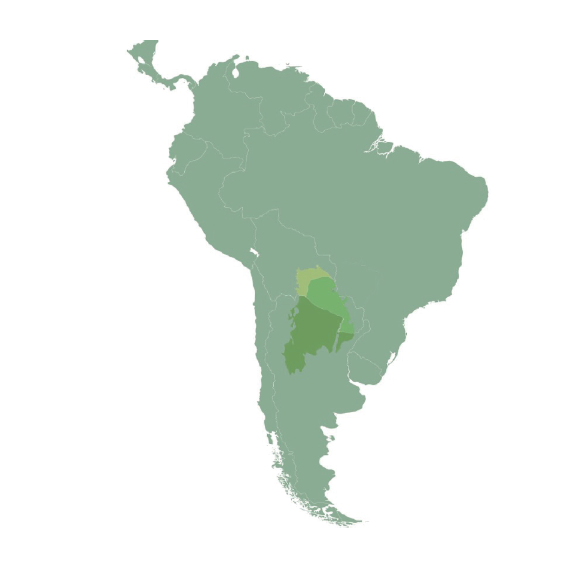
The EUDR is a double-edged sword
The EUDR aims to ensure that products entering the lucrative European Union (EU) market are not linked to deforestation. However, this regulation presents a double-edged sword for South American producers. On the one hand, producers who can demonstrate compliance with the EUDR gain access to a premium market with environmentally conscious consumers. This incentivizes sustainable practices and positions the South Cone as a leader in responsible soy and beef production, since much of the production does not come from deforestation risk areas. Furthermore, the EUDR can drive innovation in areas like satellite monitoring, blockchain technology, and sustainable farming techniques, leading to long-term benefits for the entire sector.
On the other hand, complying with the EUDR requires robust monitoring systems and traceability throughout the supply chain. This can be a complex and expensive undertaking, especially for smallholders who may lack the resources and infrastructure. As producers need to shift their land-use practices towards more sustainable methods, this will impact their profitability in the short term. After all, sustainability requires prior investments and will lead to lower yields initially.
The true value of the EUDR lies in compliance as well as in fostering a long-term shift towards sustainable agricultural practices. The LAN team in Argentina works with research institutions from both the Netherlands and Argentina, NGOs, farmer associations, International Financial Institutions and Multilaterals to identify and promote sustainable farming techniques appropriate for the region's diverse ecosystems. All of which contribute to an increase in productivity and environmental resilience: soil and biodiversity conservation.
‘The true value of the EUDR lies not just in compliance, but in fostering a long-term shift towards sustainable agricultural practices’
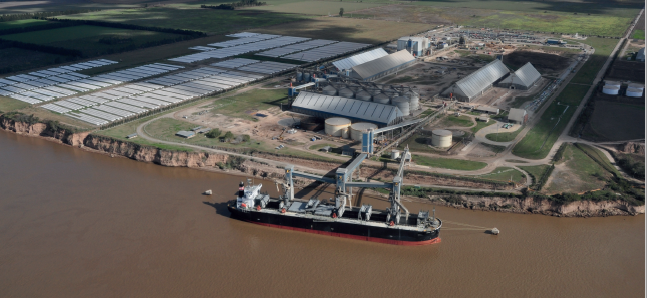
The VISEC initiative: Vision Sectorial del Gran Chaco
The LAN team in Argentina has supported a national traceability platform for soybeans and derivates. This platform provides a valuable framework for navigating the challenges and opportunities presented by the EUDR through encouraging collaboration between stakeholders to develop and implement practical solutions for deforestation-free supply chains.
VISEC is an Argentinian platform promoted by the Argentine Edible Oil Association (CIARA/CEC), The Nature Conservancy (TNC), Peterson Consultancy, and NGOs such as Tropical Forest Alliance (TFA) bringing together all stakeholders in the soy value chain to reduce negative environmental impacts, focusing on deforestation and other land use changes. By strengthening governance and collective actions, VISEC promotes an environmentally responsible and economically viable value chain that extends to the entire national territory under agricultural production. This initiative includes all economic actors in the soy chain, from producers to exporters, and allows soy and derivative exporters to comply with the EUDR.
VISEC features a unique and transparent monitoring, reporting, and verification system to efficiently track the flow of soy and by-products at the national level, ensuring a 100% deforestation-free origin. The system will be fully operational by December 2024, which is also when the EUDR comes into force.
VISEC provides documents and data for the operators responsible for introducing relevant products to the EU market. This helps the operators demonstrate that the products comply with Article 9 of the EUDR. The data produced by VISEC are complementary to the information system operating within the EU, as they are available before the goods arrive at the port of any Member State.
The last quarter of 2023 marked the beginning of a new era in exports to Europe, with three shipments of certified deforestation-free soybean meal. In total, more than 46,000 tons of soybean meal, sourced from more than 570 production units, were shipped to ports in Europe, including direct and indirect participation.
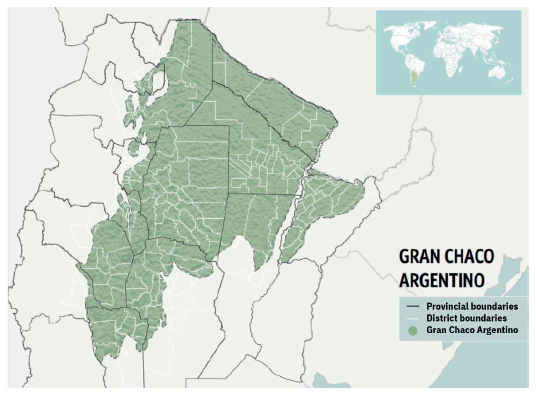
A case study: empowering smallholders in the Gran Chaco
In the Gran Chaco, the implementation of the EUDR is especially challenging for small holders who risk being segregated from high value markets. As they often trade informally and barely have access to finance, they will hardly be able to comply with the EUDR. This matters as incorporating sustainable practices, new technologies in the production chain and smallholders’ social capital could contribute to economic sustainability in the region and, equally as important, to the preservation and restoration of native forests.
The LAN team in Argentina is working together with Solidaridad (an international network organization creating fair and sustainable supply chains), and TFA in a town called Morillo in the Gran Chaco. This area is characterized by its dry environment and water deficiency throughout the year. They are taking concrete steps to balance economic progress with environmental conservation and smallholder integration. By having key stakeholders work together in an interdisciplinary way, various aspects of sustainable development are dealt with at once.
Since 2022, a group of 250 families of small livestock producers are receiving help to improve their living conditions through the implementation of a regenerative production model as well as the deliberate integration of trees and grazing livestock operations on the same land. Thereby intensively managing both forest products and forage in addition to providing both short- and long-term income sources. This is done by improving their productivity indicators (for example, more calves per cow, or more kilograms per hectare) as well as by strengthening the beef value chain (such as moving from an informal to formal market, certification of production as well as better pricing) for both the local market and the export. This results in a smallholder farmers transition from a fragile income production model to a sustainable one, simultaneously restoring 120,000 hectares of native forest.
This year, the project scaled up to cover 400 small producers with the aim of restoring over 200,000 hectares of degraded land. Specific attention is placed on governance with the aim to replicate and create ecological corridors in the future. The Dutch Diamond Model (based on the collaboration between local authorities, producers, NGOs, research agencies, and the private sector) is helping to develop a future type of integrated landscape management (aiming at 600,000 hectares) with the involvement of high-level government.
Additionally, environmental services are tested with the aim to improve the producer's livelihoods even more. The reasoning behind it is that by monetizing ecosystem services, such as CO2 capture, it could create additional income for families while at the same time contributing to the regeneration and conservation of forests.
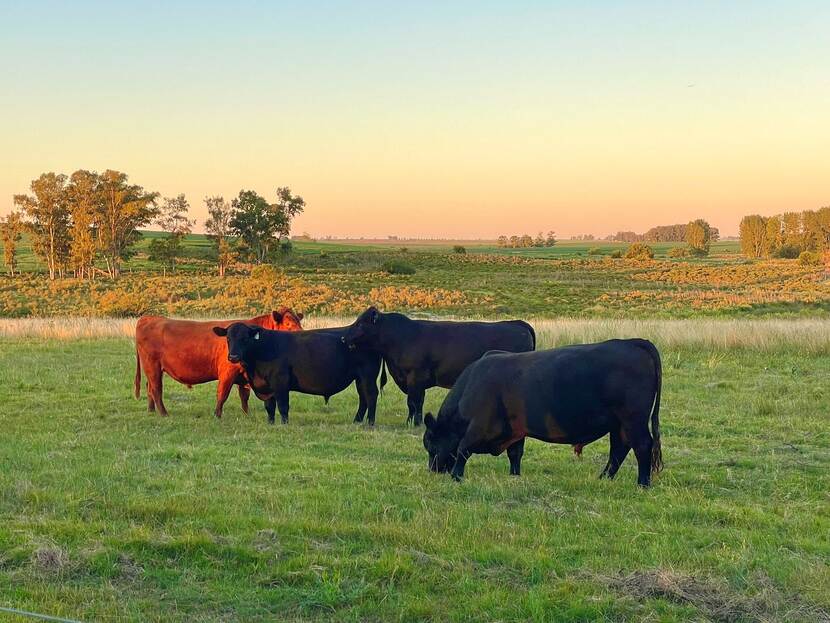
Collaboration is key
Although the EUDR presents a significant challenge for South American agribusiness, it also presents a unique opportunity to drive positive change. The LAN team in Argentina strives for a smooth transition to drive positive change by serving as a bridge. It facilitates communication, knowledge exchange, while simultaneously connecting the region and the Netherlands. That is key to encourage dialogue and strong collaboration between different stakeholders – governments, producers, companies, NGOs, research institutions, and consumer representatives – to develop effective strategies that can streamline compliance and enhance overall efficiency in the sector and long-term environmental and economic sustainability for the entire region.
‘The LAN team in Argentina strives for a smooth transition to drive positive change by serving as a bridge. It facilitates communication, knowledge exchange while simultaneously connecting the region and the Netherlands’
Fact and figures about Argentina
- Agro-industrial exports represent approximately 60% of the total exports.
- Argentina is the world’s leading exporter of soybean meal and the world’s fourth largest exporter of beef (FADA, 2022).
- In 2022, the European Union received 12% of Argentina’s beef and leather exports and 20% of soybean meal exports (CIARA. BCR, 2023). It is the largest buyer of Argentina’s first export product.
- Soybean meal exports generate more than 2 billion US dollars for Argentina (MAGyP, 2022).
- Only 8% of the European Union’s soybean meal consumption comes from its own Member States. This means the pork, poultry, and dairy production chain in Europe heavily depends on imports from Argentina (Rosario Stock Exchange, 2023).
More information
Would you like more information on these initiatives, or the work done in the region? Please go to the country page of Argentina, Uruguay, Paraguay or Chile at the website Agroberichtenbuitenland.nl of the Dutch Ministry of Agriculture, Nature and Food Quality. You can also send an e-mail to the agricultural team at the Dutch Embassy in Buenos Aires, Argentina: bue-lnv@minbuza.nl.
